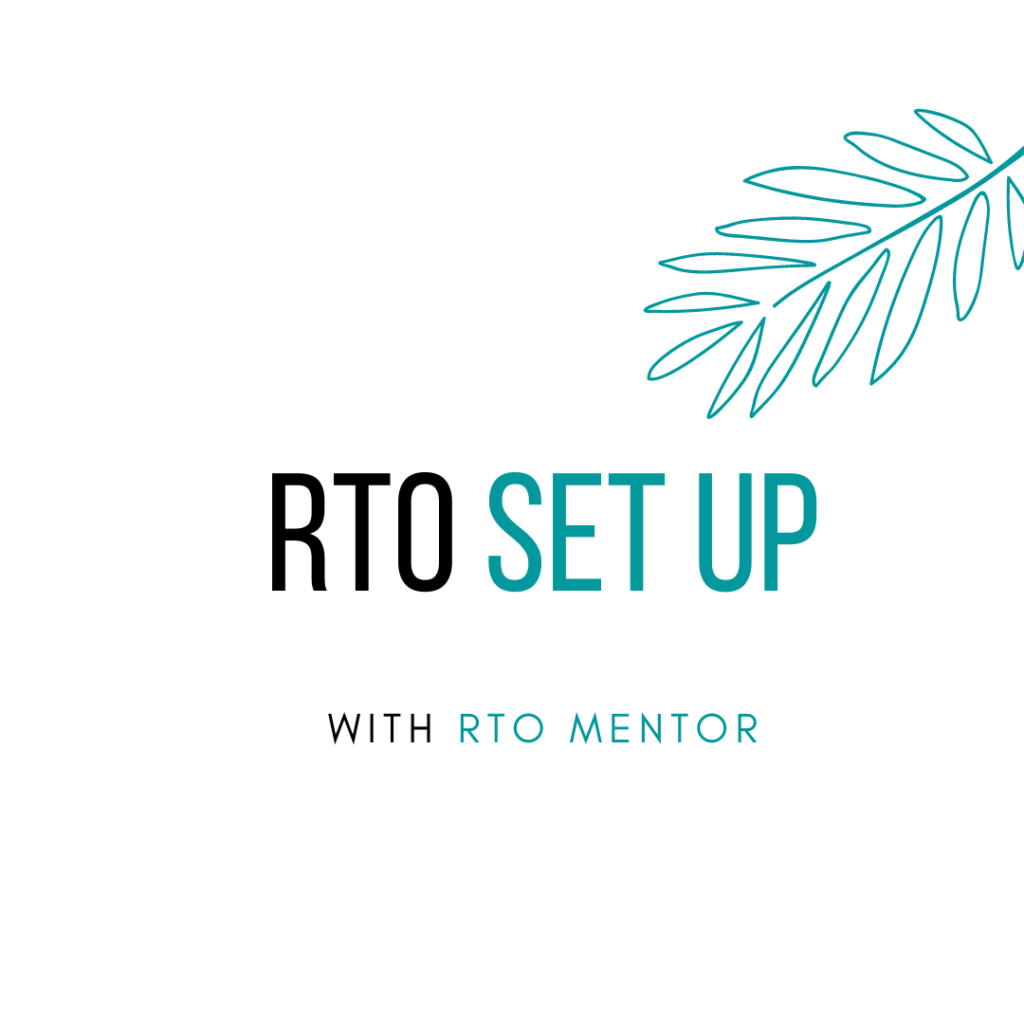If you’re interested in providing vocational education and training to learners in Australia, you need to have RTO accreditation. An RTO is an organisation or individual that is registered with a regulator, which could be the Australian Skills Quality Authority (ASQA) if training across Australia. Being registered means you can deliver nationally recognised training and issue qualifications or statements of attainment.
Becoming an RTO is a significant undertaking that requires careful planning, preparation, and compliance with regulatory requirements. In this blog, we’ll explore the journey to getting your RTO accreditation, step by step.
Step 1: Understanding the RTO Landscape
The first step on your RTO journey is to gain a thorough understanding of the regulatory framework, the requirements for becoming an RTO, and the responsibilities and obligations of an RTO. Familiarise yourself with the VET Quality Framework, which includes the Standards for Registered Training Organisations 2015, the Australian Qualifications Framework, and the relevant legislation and regulations.
Step 2: Conducting a Feasibility Study
Before you embark on the process of becoming an RTO, it’s essential to conduct a feasibility study to determine if it’s a viable venture for you. This involves researching the demand for the training you plan to deliver, identifying your target market, analysing the competition, and evaluating the financial viability of your RTO. It’s crucial to have a clear understanding of the costs involved in setting up and operating an RTO, including registration fees, compliance costs, staffing, and ongoing operational expenses.
Step 3: Developing Policies and Procedures
To become an RTO, you must develop policies and procedures that align with the Standards for Registered Training Organisations. These cover areas such as governance, trainer and assessor recruitment and training, assessment practices, qualification issuance, record-keeping, and complaints/appeals processes. Ensure your policies and procedures comply with regulatory requirements and industry best practices.
Step 4: Understand your RTO landscape
Then align your training programs with the needs of your clients is crucial for the success of your RTO. To do this you must conduct thorough market research, identify your target audience, engage with employers, and continuously improve your training delivery to ensure your RTO provides relevant and effective training programs that meet the needs of your clients and contribute to their success in the job market.
Step 5: Assembling Resources and Documentation
As part of your RTO journey, you’ll need to gather and organise a vast array of documentation and resources to support your application for accreditation. This includes developing and customising your training programs, training and assessment resources. Such resoruces include training materials, assessment tools, and learner guides, to meet client needs. You’ll also need to compile evidence to demonstrate how you meet the compliance requirements of industry experience, qualifications, and professional development of trainers and assessors. Your financial viability and insurance coverage needs to be current.
Step 6: Submitting the Application
Once you have completed all the necessary preparations, it’s time to submit your application for RTO accreditation to ASQA. The application process involves completing an online application form, attaching all the required documentation, and paying the relevant fees. ASQA will then review your application and conduct an assessment of your compliance with the Standards for Registered Training Organisations.
Step 7: Going through the Audit Process
During the accreditation process, ASQA audits your RTO’s compliance with the Standards for Registered Training Organisations. This may include a desktop audit to assess your documentation and resources or a site audit to assess your operations. ASQA may identify non-compliance areas that must be addressed for accreditation to be granted.
Step 8: Addressing Non-Compliances
If ASQA identifies non-compliances during the audit process, you’ll need to address them and provide evidence of the corrective actions taken. This may involve revising your policies and procedures, updating anything identified by the auditor

